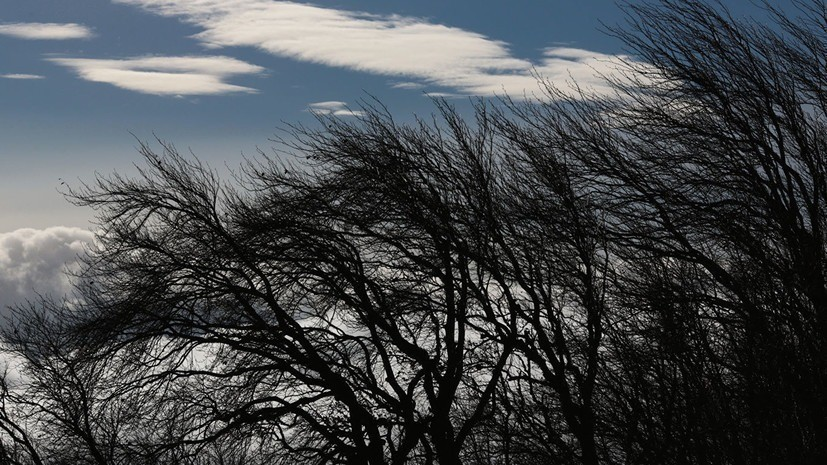“The squalls in the Tver region appeared on the atmospheric front, which has very large temperature differences.
They appeared in the second half of the day, when these temperature differences on opposite sides of the front reach their maximum - up to 10-12 degrees - this is the difference at a very short distance.
Large gradients, very high speeds and ... the formation of powerful groups of cumulonimbus clouds - these natural phenomena originate here, "Shuvalov said.
As the forecaster clarified, at night this front passed the Moscow region, and is currently on the outskirts of Nizhny Novgorod.
“It moves along a trajectory from southwest to northeast.
High speed, good array of cumulonimbus clouds - they will grow by the afternoon, ”he added.
Taking this into account, according to Shuvalov, on Tuesday, August 3, in the Nizhny Novgorod region, in the south of the Kostroma region, in the west of Chuvashia and Mordovia, strong convective phenomena are most likely - squalls and thunderstorms.
At the same time, the forecaster commented on the weather situation on the night of August 3 in Moscow.
“The front was just passing through.
But since it took place at night, it did not bring defiantly strong phenomena like tornadoes and squalls, ”he stated, noting that adverse weather events no longer threaten the capital.
Earlier it was reported about adverse weather events in some areas of the Tver region.
As the site kp.ru reported, as a result of the incident, three people were killed.

